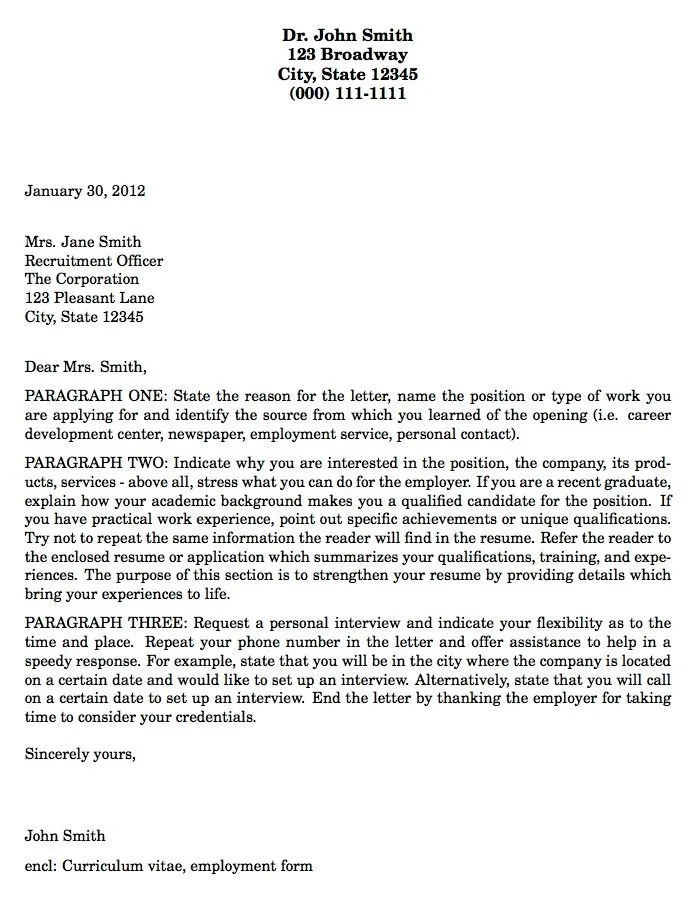Understanding Cover Letter Layout Importance
Your cover letter is your first introduction to a potential employer, and the layout plays a crucial role in making a positive impact. A well-designed cover letter layout enhances readability, showcases professionalism, and reflects your attention to detail. It’s not just about what you say, but also how you present it. A cluttered or poorly formatted cover letter can immediately turn off a hiring manager, no matter how impressive your qualifications may be. Therefore, mastering the art of cover letter layout is essential for making a strong first impression and increasing your chances of landing an interview. A cover letter layout that’s easy to read and visually appealing demonstrates respect for the reader’s time and attention, which is a key factor in successful applications.
Why Cover Letter Layout Matters
A thoughtfully structured cover letter layout significantly impacts how your application is received. A well-organized layout makes it easy for the hiring manager to quickly grasp your key skills and experiences. It helps them navigate the document efficiently, focusing on the information that matters most. A disorganized layout can make it difficult to find relevant information, which may lead the reader to miss crucial details that could strengthen your candidacy. It shows you care about presentation, and that you pay attention to detail, both important traits for any job. The layout of your cover letter is a direct reflection of your professionalism, organizational skills, and respect for the reader’s time, and can affect your chances of success.
First Impressions & Layout
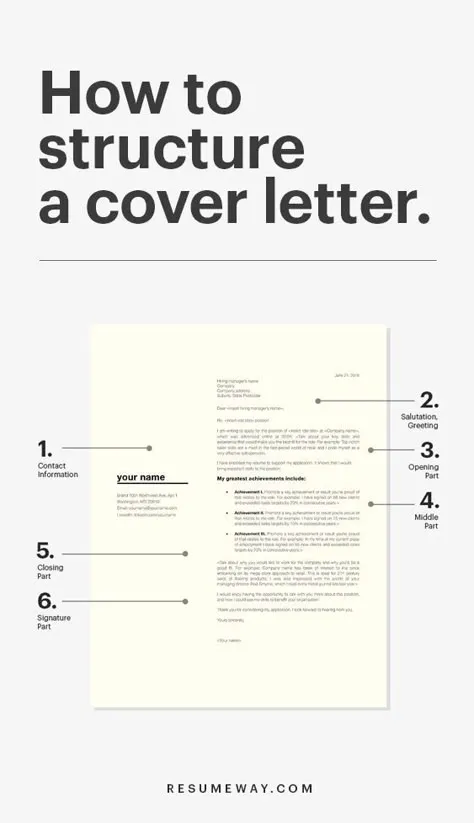
In today’s fast-paced job market, first impressions are everything, and a cover letter is often the first point of contact you have with a potential employer. Your cover letter layout forms this critical first impression. A visually appealing and well-formatted cover letter layout immediately signals your professionalism and attention to detail. A clean, uncluttered design communicates respect for the reader’s time, encouraging them to engage with your content. Conversely, a poorly formatted cover letter suggests a lack of professionalism and can damage your credibility. A positive initial impression significantly increases the likelihood that your application will be read carefully and considered seriously.
Key Elements of a Cover Letter
Header Information & Formatting
The header of your cover letter is the very first element the hiring manager will see, so it is important that it is formatted correctly. It should include your contact information, the date, and the recipient’s information. Consistent and clear formatting ensures the header is easy to read at a glance. Start by including your full name, address, phone number, and email address at the top left or right-hand corner. Choose a readable font for the header, such as Arial or Times New Roman, and use a font size that is slightly smaller than the body text (e.g., 10-11 points). Proper formatting helps prevent any confusion when the hiring manager is trying to reach you. An organized header sets the tone for the rest of your cover letter and shows that you pay attention to detail.
Contact Information

Your contact information should be clearly visible at the top of your cover letter. Include your full name, address, phone number, and professional email address. Ensure that your email address is appropriate and professional; avoid using nicknames or informal terms. The contact information should be concise and easy to find. A clean layout makes it easy for the hiring manager to contact you if they are interested in moving forward with your application. Verify the accuracy of your contact information, as any errors could lead to lost opportunities. It is crucial that the contact details are correct because it’s the most direct way for the recruiter to get in touch with you.
Date & Salutation
Below your contact information, include the date on which you are sending the cover letter. Align the date to the left or right, depending on your preference, but be consistent throughout the document. Following the date, use a professional salutation, such as Dear Mr./Ms. [Last Name]. Make sure you have the correct name and title of the hiring manager. If you’re unsure of the specific person to address, use a general greeting like, ‘Dear Hiring Manager.’ Maintain consistent formatting throughout your cover letter, including the date and salutation. This shows attention to detail and professionalism. A clear and accurate date ensures that your application is up-to-date.
Body Paragraphs Layout
The body paragraphs are the heart of your cover letter. This is where you will elaborate on your skills and experiences, and explain why you’re a good fit for the job. Start with an engaging introduction that grabs the reader’s attention. The second paragraph should highlight your relevant skills and experiences. Use specific examples and quantify your accomplishments whenever possible. In the third paragraph, address the company’s needs and explain how you can help them. Conclude with a strong closing paragraph that reiterates your interest and thanks the reader for their time. Each paragraph should focus on one main idea and should be well-structured and easy to read. Use a consistent writing style throughout the body paragraphs.
Paragraph Spacing and Alignment
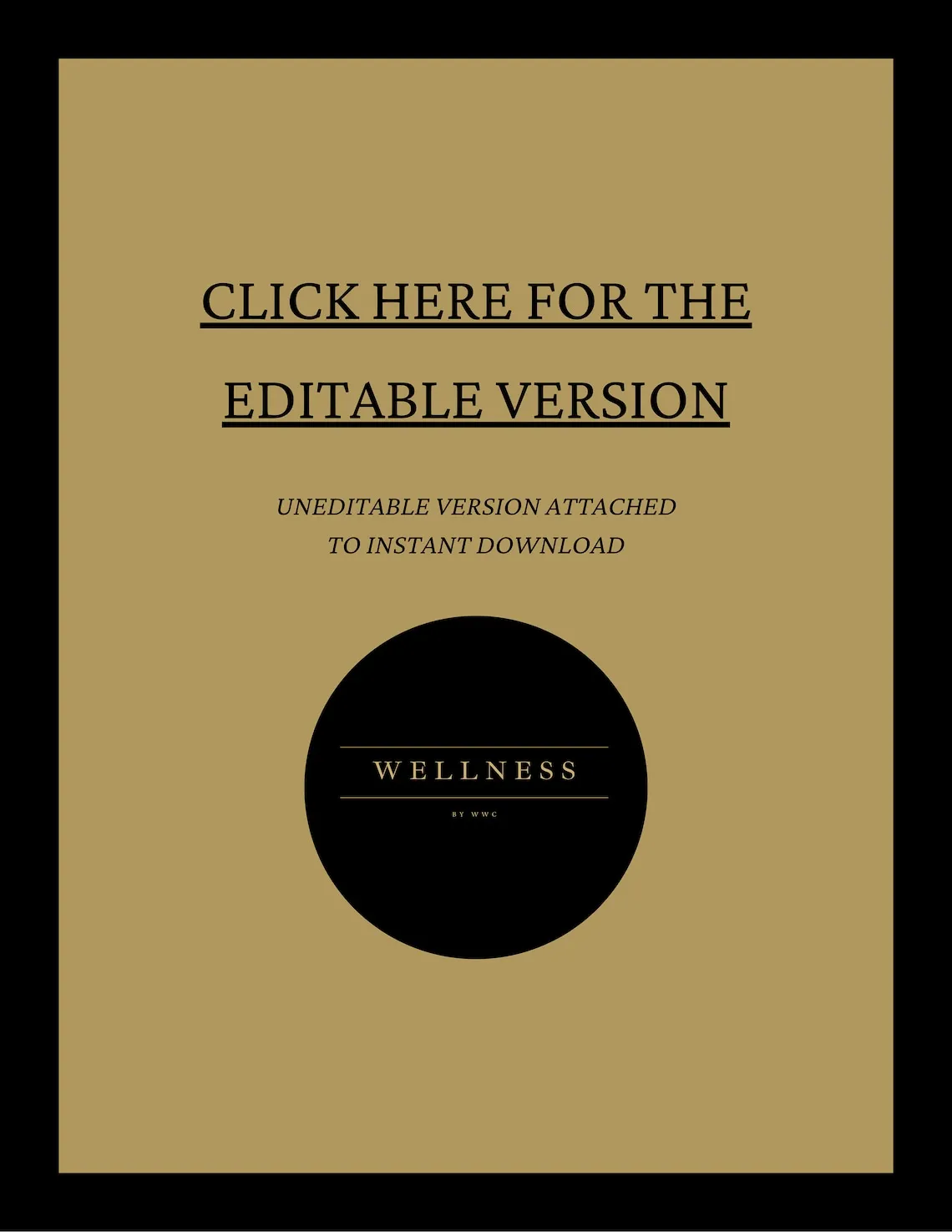
Proper spacing and alignment are essential for readability. Use single or 1.15 line spacing for your paragraphs. Make sure there is an extra space between paragraphs to separate ideas. Use left alignment for the main body of the text to maintain a clean and professional look. Avoid full justification, as it can create uneven spacing. Consistent spacing and alignment ensure your cover letter is easy to read and visually appealing. Avoid large gaps or uneven spacing, which can make your document look unprofessional. This ensures that the layout is easy on the eyes, which allows the reader to focus on the content, and also makes the letter look more put together.
Font Choice & Size
Choosing the right font and size is crucial for readability and professionalism. Select a standard, easy-to-read font, such as Times New Roman, Arial, or Calibri. Avoid overly decorative or unusual fonts, as these can distract the reader. Stick with a font size between 10 and 12 points for the body text. The font size should be consistent throughout the cover letter. Using a readable font shows that you are thoughtful about the visual presentation of the document. A well-chosen font makes your cover letter more accessible and demonstrates professionalism. The wrong font choice will affect the visual appeal of your cover letter, so it’s essential to choose wisely.
Closing & Signature
The closing of your cover letter is an important part of leaving a lasting impression. The closing section should include a complimentary close, your signature (if submitting a physical copy), and your typed name. Choose a closing that is professional and appropriate for the context. The way you end your cover letter shows you’ve got respect for the reader and demonstrates your communication skills. This section provides a sense of closure and reiterates your commitment to the position. Be sure to format the closing section in the same font and size as the rest of the document.
Complimentary Closing
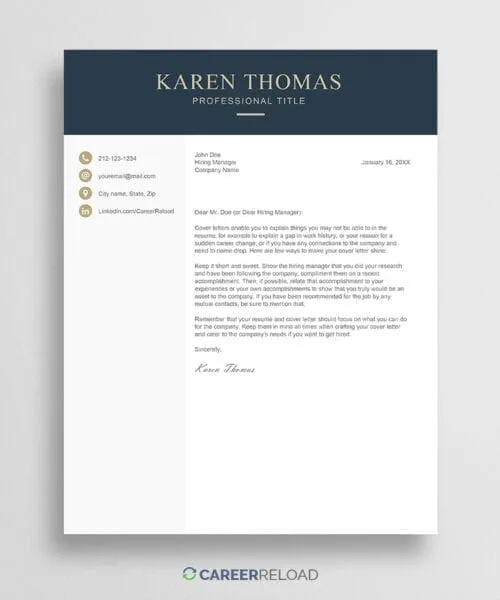
Choose a professional complimentary closing, such as ‘Sincerely,’ ‘Respectfully,’ or ‘Best regards.’ The complimentary close should be aligned to the left and placed one line below the final paragraph of your cover letter. Ensure that your closing is appropriate for the tone of your letter and the relationship you have with the hiring manager. Using a professional closing demonstrates your attention to detail and respect for the reader. Avoid casual closings like ‘Thanks’ or ‘Cheers,’ which might be seen as unprofessional. Select a closing phrase that aligns with the overall tone and purpose of your cover letter. This can leave a lasting positive impression on the hiring manager.
Signature & Typed Name
If you are submitting a physical copy, leave space for your handwritten signature above your typed name. Sign your name neatly in black or blue ink. For digital submissions, you can simply type your name. Below your signature or typed name, include your full typed name. Make sure your signature is legible and professional. The typed name should be formatted consistently with the rest of your contact information. By including both the signature and typed name, you give your cover letter a personal touch. This provides a professional closing and makes it easy for the hiring manager to know who they are dealing with.
Layout Best Practices for Each Section
Formatting the Header
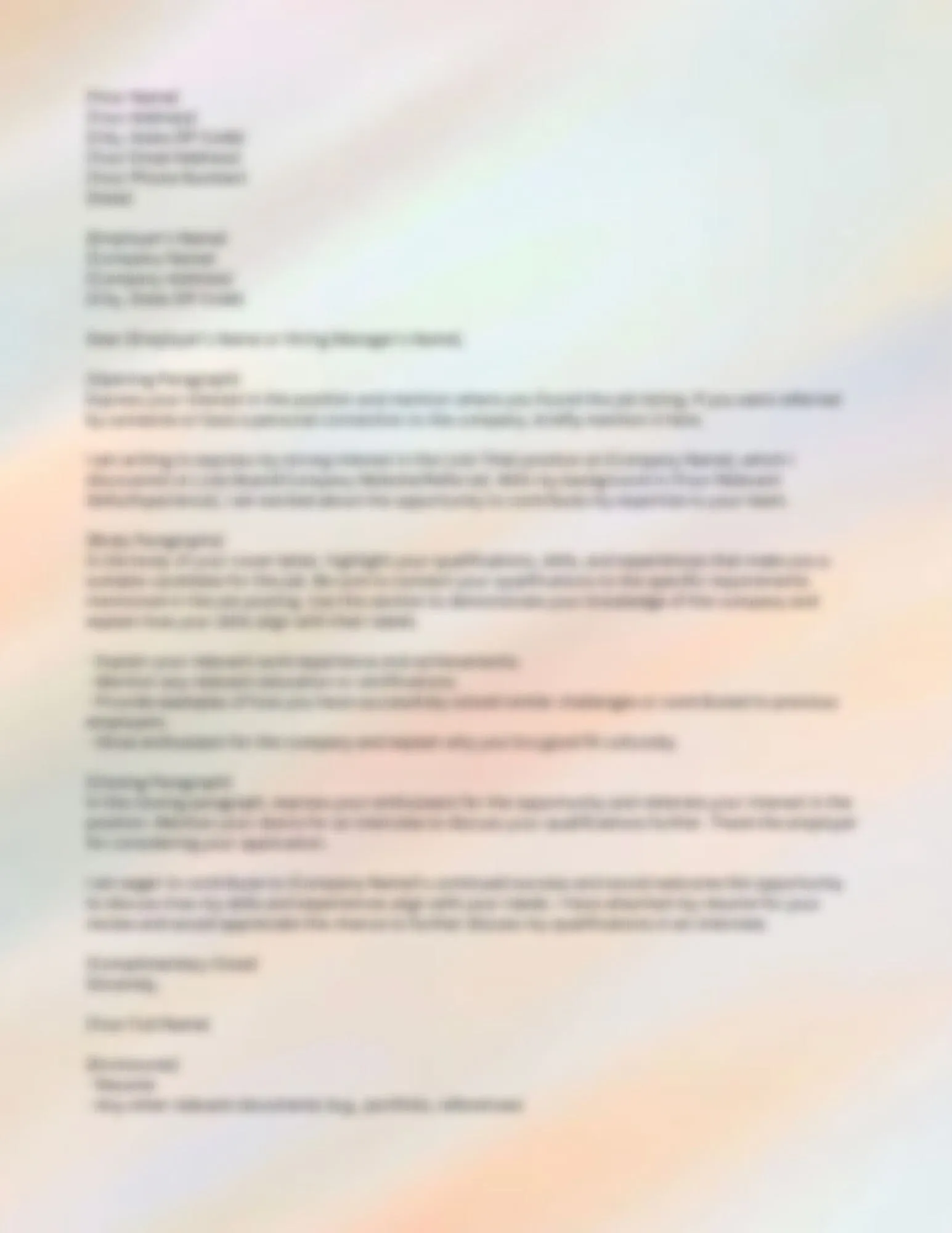
Ensure your header is clear and concise. Use a consistent font and size. The header should include your contact information, the date, and the recipient’s information. Use a standard font (e.g., Arial, Times New Roman) in a size slightly smaller than the body text (e.g., 10-11 points). Use left alignment for your name and contact details and include the date on the right side. Keep the header uncluttered and easy to read. Using a clear, well-formatted header ensures that your contact information is readily available. Maintaining consistency and following the best practices help ensure the information is readily accessible and professional.
Formatting the Body
Structure your body paragraphs logically with clear topic sentences. Use concise language and active voice to convey your message. Keep paragraphs short and focused, ideally no more than 5-6 sentences. Maintain consistent spacing and alignment throughout the document. Use bullet points or numbered lists to highlight key skills and accomplishments. Proofread carefully for grammar and spelling errors. Writing clear and concise paragraphs is critical, as this allows the reader to grasp your information quickly. Formatting the body of your cover letter, as well as maintaining correct grammar and sentence structure, will allow the hiring manager to read your letter effectively.
Formatting the Closing
Choose a professional complimentary closing. Leave space for your signature (if submitting a physical copy). Include your typed name below your signature. The closing should align with the tone of your cover letter. Check the closing for grammar and spelling errors. The closing should be well formatted and consistent with the rest of your document. A well-formatted closing demonstrates professionalism and gives the hiring manager a positive final impression. Proofread the closing for any errors and double-check the formatting. The closing statement should be respectful, showing your appreciation for the opportunity and eagerness to learn more about the position.
Common Cover Letter Layout Mistakes to Avoid
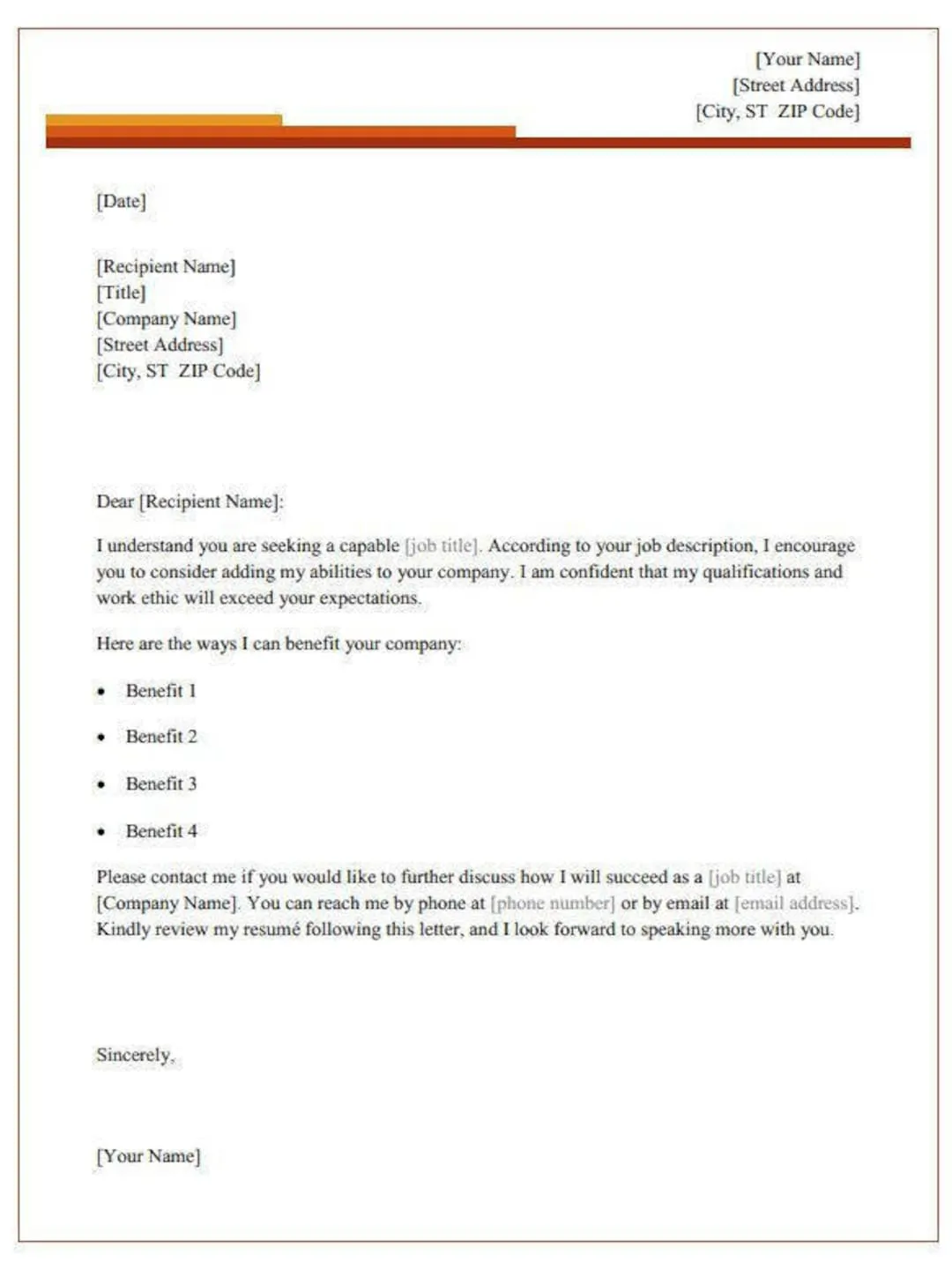
Incorrect Font Choices
Avoid using fonts that are difficult to read or unprofessional. Stay away from overly decorative or complex fonts, such as Comic Sans or Curlz MT. Stick to standard, readable fonts, like Times New Roman, Arial, or Calibri. Using an unusual font can be distracting and make your cover letter look less professional. Choose a font that is easy on the eyes and reflects a professional image. Avoid choosing fonts that are too small or too large, as these will also affect readability. A readable font is essential for ensuring that your cover letter is clear and easy to read. Proper font selection is critical to readability.
Poor Spacing & Alignment
Ensure that your cover letter has consistent spacing throughout. Avoid using inconsistent line spacing, uneven paragraph spacing, or misaligned text. Always use single or 1.15 line spacing, with extra space between paragraphs. Make sure text is aligned correctly, typically left-aligned. Ensure the header, date, and closing are aligned consistently. Use consistent spacing and alignment to make your cover letter easy to read. Ensure there are no large gaps or excessive white space, as this can make your document look unprofessional. Consistent spacing and alignment create a clean and organized look. Poor spacing and alignment will make your cover letter look cluttered and unprofessional. This demonstrates a lack of attention to detail.
Length and Structure Issues
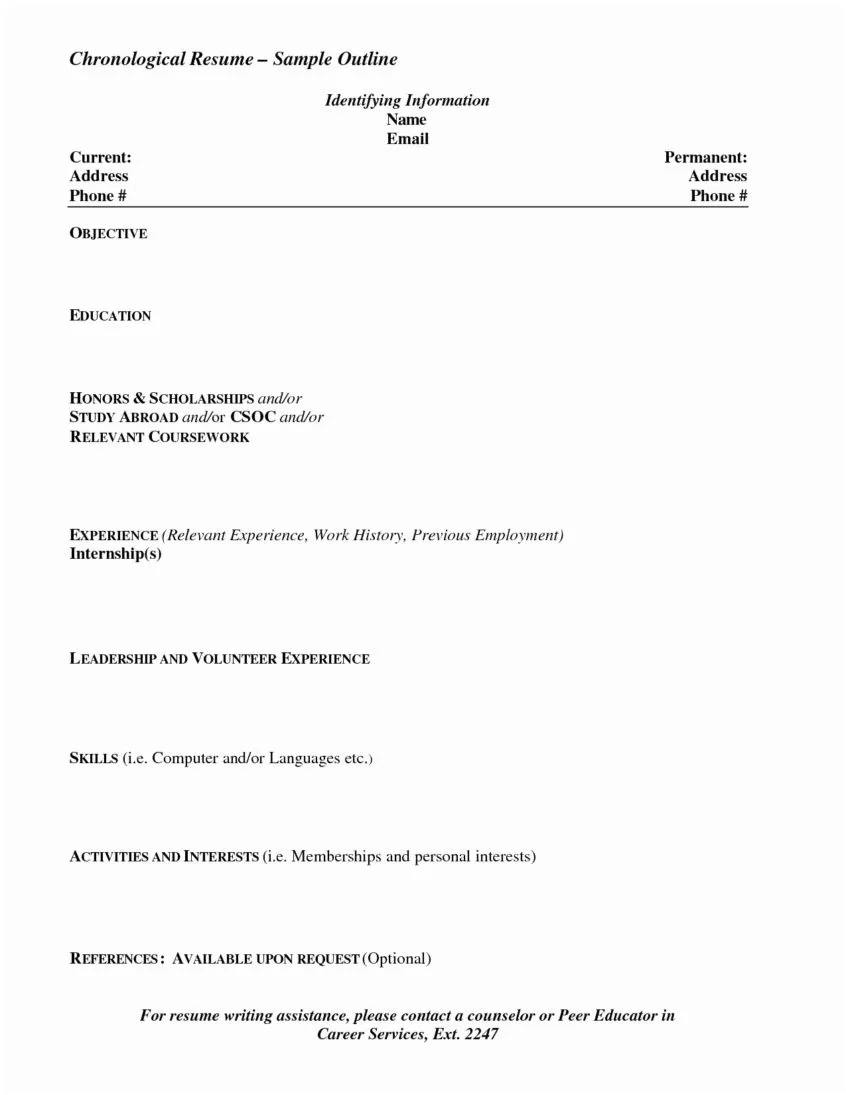
Keep your cover letter concise, aiming for one page maximum. Avoid long, rambling paragraphs. Structure your letter logically, with a clear introduction, body paragraphs, and a strong closing. Ensure you tailor your cover letter to each specific job application. Avoid including irrelevant information or going off-topic. A well-structured cover letter that is not too lengthy is much more likely to be read carefully. Ensure your letter is tailored to the job and highlights relevant experiences. Lengthy and poorly structured cover letters often fail to get read. A cover letter that is too long can appear unfocused and may not hold the reader’s attention.
Tools for Cover Letter Layout
Word Processors
Word processors are the primary tools for creating cover letters. Microsoft Word and Google Docs are popular choices for cover letter creation. Both offer a variety of formatting options, including font selection, spacing, alignment, and the ability to insert headers, footers, and tables. They also come with built-in templates to help you get started quickly. Familiarize yourself with the formatting tools available in your chosen word processor. Learn how to use styles to maintain consistency throughout your document. Using a word processor allows for easy editing, revision, and customization of your cover letter. Mastering word processor tools helps you create a professional and well-formatted cover letter.
Online Templates & Resources
Online resources and templates offer a variety of pre-designed cover letter layouts. Websites like Canva, Resume.io, and LiveCareer provide templates that can be customized to your needs. These templates often include suggestions for content and formatting. Using online templates can save you time and ensure your cover letter has a professional look. Choose a template that aligns with your personal brand and the specific job application. Review and customize the template to reflect your unique skills and experience. Online resources and templates can be a great starting point for your cover letter, but it’s important to customize them to reflect your personal brand. Using templates is also an easy way to ensure you follow correct formatting guidelines.
Finalizing & Submitting Your Cover Letter
Proofreading & Reviewing
Proofreading is essential for catching any errors in your cover letter. Carefully read your cover letter multiple times to identify any spelling or grammatical mistakes. Have a friend or family member review your cover letter for feedback. Use spell-check and grammar-check tools, but don’t rely on them exclusively. Proofreading ensures that your cover letter is polished and error-free. Proofread your cover letter to guarantee that your writing is clear, concise, and professional. A well-proofread cover letter demonstrates your attention to detail and your commitment to excellence. This is a critical step.
File Format & Submission
Save your cover letter as a PDF file to preserve the formatting and ensure it appears consistently on all devices. If the job posting specifies a preferred file format, follow their instructions. Name your file appropriately, such as “YourName_CoverLetter”. Submit your cover letter along with your resume according to the employer’s instructions. Always follow the guidelines provided in the job posting. A well-formatted cover letter saved as a PDF ensures the formatting remains consistent across all devices. Following file format instructions shows that you follow directions. This adds a professional finishing touch to your application.
